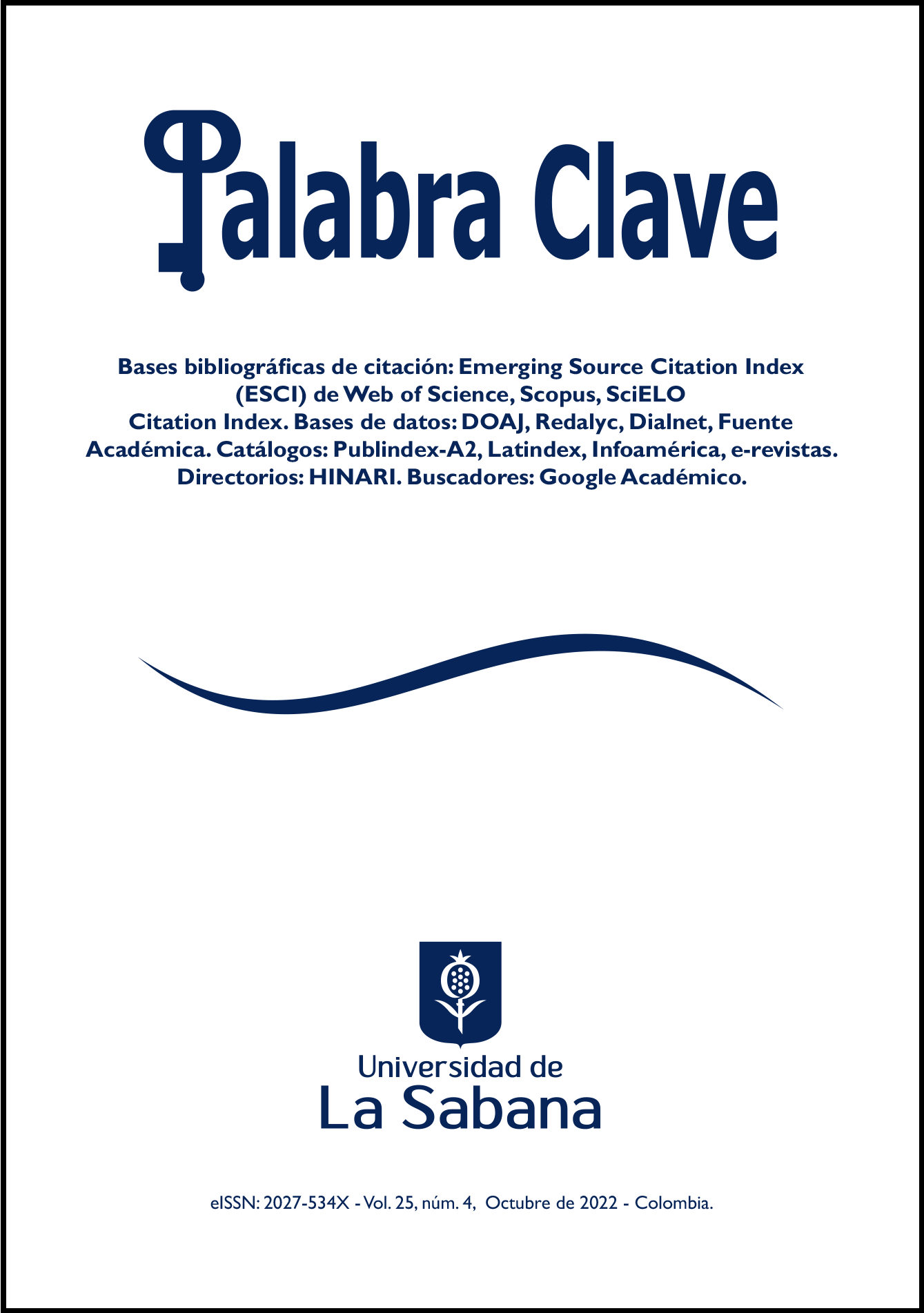‘I Love My Job, but It’s a Job’: Social Media Content Creators and Labor Imaginaries
DOI:
https://doi.org/10.5294/pacla.2022.25.4.4Keywords:
Qualitative analysis, digital content creators, labor imaginaries, Internet, social media, neoliberalism, social networks, labor, emotional toll, YouTubeAbstract
This article aims to discuss the discourses of content creators on social media (YouTubers, streamers, Instagrammers, influencers) about their jobs to understand how they personify, connect with, and help build contemporary labor imaginaries. Various authors have pointed out how the world of work has undergone essential transformations that advance precariousness, casualization, and intermittence in the workplace. Creators in social media are examples of this new working world, in which flexibility and the search for personal fulfillment are extolled as a substitute for remuneration. This article intends to answer the following questions: How do digital content creators and traditional media depict their professional activity? How are these discourses related to contemporary labor imaginaries? A sample of forty videos posted between 2015 and 2022 in which eleven Spanish content creators explicitly talk about their work is qualitatively analyzed. Recurring patterns of meaning are identified through a thematic qualitative analysis. The analysis shows that although content creators initially talked about their work using enthusiastic speeches that underline their “passion for work,” there are more contradictory speeches in recent years. Creators speak openly about the cost of their jobs, characterized by intensification, confusion between personal and professional lives, and the emotional toll.
Downloads
References
Bourdieu, P. (1993). The field of cultural production: Essays on art and literature. Cambridge: Polity Press.
Couldry, N. (2008). Reality TV, or the secret theater of neoliberalism. Review of Education, Pedagogy, and Cultural Studies, 30(1), 3-13. https://doi.org/10.1080/10714410701821255
Deller, R. A. y Murphy, K. (2020). “Zoella hasn”t really written a book, she”s written a cheque”: Mainstream media representations of YouTube celebrities. European Journal of Cultural Studies, 23(1), 112-132. https://doi.org/10.1177/1367549419861638
Duffy, B. E. y Wissinger, E. (2017). Mythologies of creative work in the social media age: Fun, free, and “just being me”. International Journal of Communication, 11, 4652-4671.
Fernández Rodríguez, C. J. y Martínez Lucio, M. (2013). Narratives, myths and prejudice in understanding employment systems: The case of rigidities, dismissals and flexibility in Spain. Economic and Industrial Democracy, 34(2), 313-336. https://doi.org/10.1177/0143831X12445625
Foucault, M. (1991). Governmentality. En G. Burchell, C. Gordon y P. Miller (Eds.). The Foucault effect. Studies in governmentality (pp. 87-104). Chicago: The University of Chicago Press.
Gill, R. (2010). Life Is a Pitch: Managing the Self in New Media Work. In M. Deuze (Ed.). Managing media work (pp. 249-262). London: SAGE.
Gill, R. y Pratt, A. (2008). In the social factory? Immaterial labour, precariousness and cultural work. Theory, Culture & Society, 25(7-8), 1-30. https://doi.org/10.1177/0263276408097794
Jensen, T. y Tyler, I. (2015). “Benefits broods”: The cultural and political crafting of anti-welfare commonsense. Critical Social Policy, 35(4), 470-491. https://doi.org/10.1177/0261018315600835
Jerslev, A. (2016). In the time of the microcelebrity: celebrification and the YouTuber Zoella. International Journal of Communication, 10, 5233-5251.
Lawler, S. (2008). Identity: sociological perspectives. Malden, MA: Polity Press.
Lehto, M. (2022). Ambivalent influencers: Feeling rules and the affective practice of anxiety in social media influencer work. European Journal of Cultural Studies, 25(1), 201-216. https://doi.org/10.1177/1367549421988958
Littler, J. (2003). Making fame ordinary: Intimacy, reflexivity, and “keeping it real.” Mediactive, 2, 8-25.
Littler, J. (2013). Meritocracy as plutocracy: the marketising of “equality” under neoliberalism. New Formations, 80(1), 52-72. https://doi.org/10.3898/NewF.80/81.03.2013
Marwick, A. E. (2015). “You may know me from youtube: (micro)-celebrity in social media”. En: P. D. Marshall y S. Redmond (Eds.). A companion to celebrity (pp. 333-350). Malden: Wiley. https://doi.org/10.1002/9781118475089.ch18
McRobbie, A. (2016). Be creative: Making a living in the new culture industries. Cambridge: Polity.
Maares, P., Banjac, S. y Hanusch, F. (2021). The labour of visual authenticity on social media: exploring “producers and audiences” perceptions on Instagram. Poetics, 84, 1-10. https://doi.org/10.1016/j.poetic.2020.101502
Mäkinen, K. (2021). Resilience and vulnerability: Emotional and affective labour in mom blogging. New Media and Society, 23(10), 2964-2978. https://doi.org/10.1177/1461444820941196
Mendick, H., Allen, K. y Harvey, L. (2015). Turning to the empirical audience: the desired but denied object of celebrity studies? Celebrity Studies, 6(3), 374-377. https://doi.org/10.1080/19392397.2015.1063757
Rose, N. (1998). Inventing ourselves. Psychology, power, and personhood. Cambridge: Cambridge University Press.
Rose, N. y Miller, P. (1992). Political power beyond the State: problematics of government. The British Journal of Sociology, 43(2), 173-205. https://doi.org/10.1111/j.1468-4446.2009.01247.x
Sennett, R. (1998). La corrosión del carácter. Barcelona: Anagrama.
Standing, G. (2012). El precariado: una nueva clase social. Madrid: Pasado y Presente.
Triliva, S., Varvantakis, C. y Dafermos, M. (2015). YouTube, young people, and the socioeconomic crises in Greece. Information Communication and Society, 18(4), 407-423. https://doi.org/10.1080/1369118X.2014.953564
Published
How to Cite
Issue
Section
License
Copyright (c) 2022 Palabra Clave

This work is licensed under a Creative Commons Attribution-NonCommercial-NoDerivatives 4.0 International License.
1. Proposed Policy for Journals That Offer Open Access
Authors who publish with this journal agree to the following terms:
- Authors retain copyright and grant the journal right of first publication with the work simultaneously licensed under a Creative Commons Attribution License that allows others to share the work with an acknowledgement of the work's authorship and initial publication in this journal.









